Making A Baby: An Inclusive Guide to How Every Family Begins
£7.60£11.40 (-33%)
Working closely with a leading national LGBT organisation, this inclusive guide to Making a Baby covers sex, sperm and egg donation, IUI, IVF, surrogacy and adoption, as well as explaining how a baby grows in the womb and about different kinds of births including c-sections. Written in gentle and accessible language that can be shared with younger children or read alone by confident readers, we hope this relationships and sex education book with its clear illustrations will provide the stepping stone for every parent to have an open conversation with their child about how babies are made, and their family began.
Reading guide for parents and carers available on the Nosy Crow website.
Read more
Additional information
| Publisher | 1st edition (14 Jan. 2021), Nosy Crow |
|---|---|
| Language | English |
| Hardcover | 32 pages |
| ISBN-10 | 1788008014 |
| ISBN-13 | 978-1788008013 |
| Reading age | 4 – 8 years, from customers |
| Dimensions | 24 x 1.5 x 27.8 cm |


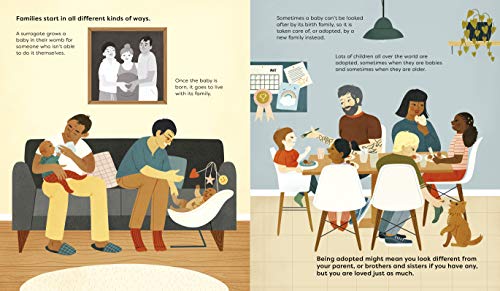
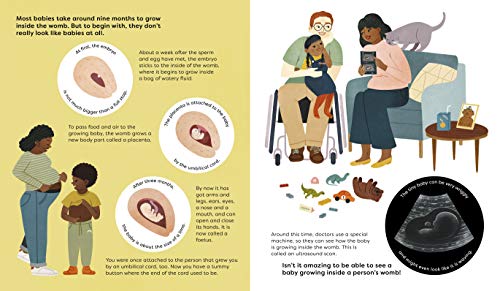
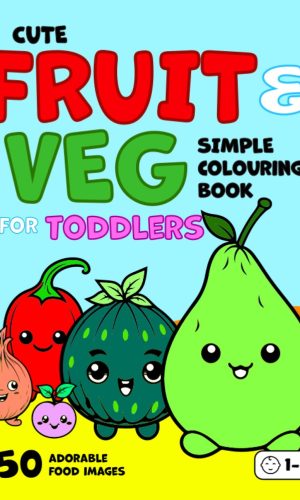
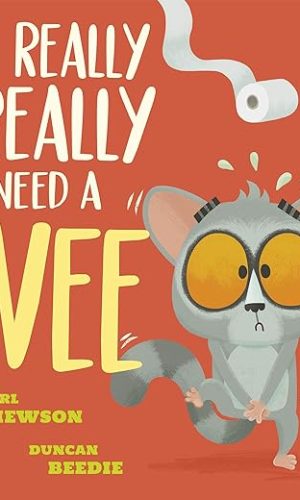


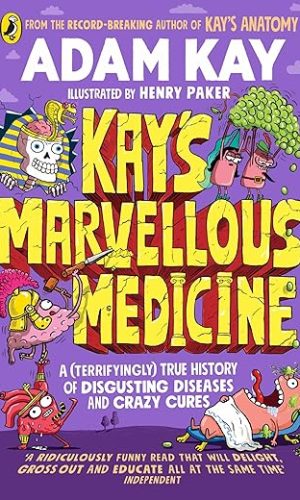
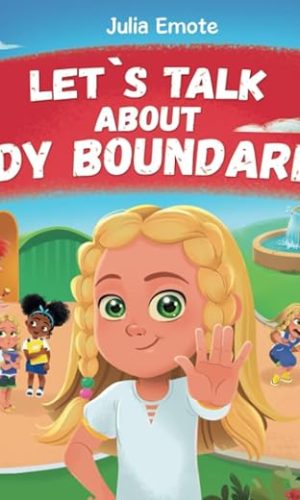
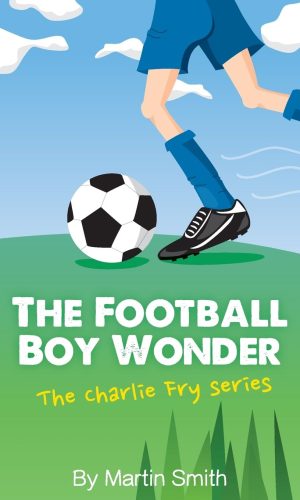

by Bekkah
I bought this book for my 10 year old son who is learning about this topic in school. It’s fantastic! It uses simple scientific language to explain sex, IVF, same sex couples and even adoption. The diagrams are easy to understand and it answered so many of his questions. I will be recommending this book to my friends.
by Nourished By Books
Making a baby by Rachel Greener and Clare Owen published by @nosycrow . It’s just incredibly perfect in every way!
????This is a diverse, inclusive and richly informative, gem of a book. It details the biological logistics of how a baby is made while outlining the various social and personal situations a baby may be brought into. This is all done in a sensitive and inclusive way while maintaining appropriate terminology without using too much jargon.
????I love that IVF, adoption and same sex families are included, it equips children with the knowledge to have open and accepting minds, thus encouraging kindness and empathy.
????A basic introduction to sex is provided and, most importantly, it’s discussed as a way to show love and that having sex doesn’t always mean a couple wish to make a baby.
????A touching detail in this book is the gentle and compassionate information about miscarriage and prematurity. I really don’t think this book could be any more inclusive or considerate.
????A sensitive account of gender is given towards the end of the book and it even informs the reader that some people have operations to make the outside of their body better fit the way they feel on the inside.
???? The message that every type of family is equal and loving is reinforced through out and is the reoccurring and reinforced message in this perfect introduction to reproduction.
by Jess
Great explanation in simple words but not too sure what’s the recommended age to learn about all these stuff
by Joanna L Ball
Despite an obvious effort being made to be inclusive, for me there is an important omission. Having gone through IVF myself I wondered how it would be covered. It is in the book but fertility treatment is only represented by IUI (sperm transferred to womb via a tube) and ICSI (sperm directly inserted into an egg via a needle). True, these assisted reproduction methods are also ways of getting pregnant but IVF, where eggs and sperm are placed in a petri dish is not shown. I’d have to draw my own page for my kids to know how they were created. Both myself and my kids have been othered by this book despite it trying very hard to be inclusive.
An authorial or editorial decision was made to not include a method that is used by 50,000 patients a year. This is puzzling to me. I did contact the publisher asking for their reason and offering my feedback but I heard nothing back. I shall be looking for another book to read with my children.
by Jennie Cooper
This is an absolute gem of a book. It explains everything so well in terms of every way babies are made. It is sensitive and respectful in it’s terminology and incredibly inclusive. Id say this is suitable for children anywhere between 5 and 12 but most apt for about 8 years old. Wonderful book, reflective of an accepting modern society.
by Bekkah
It’s a VERY informative book! Not sure children need to know about sex in such detail… but other than that it’s very inclusive and talks about same sex couples having a baby and single parents etc
I bought this just for me to see the book. Online age is 6-10 years .. I would more say 12+ If that … I’m just unsure of the graphic “sex” page … I feel like 6 years olds or even 10 year olds don’t really need to know this..
by Ruth Bennett
Perfect for when children are at that stage where they want to understand everything – including bodies, biology and babies!
This book manages to cover a lot, but in a really simple and child-friendly way.
We take a very open approach to answering questions so a lot of the information and vocabulary in here we’d already touched on, but having a book is a brilliant tool for helping to guide your little one through complicated concepts and with lovely illustrations to keep them engaged.
As well as the obvious reproductive details, there’s time spent on donor sperm/eggs, surrogacy, IUI and IVF. There’s adoption, vaginal birth and C sections.
It doesn’t skip over difficult topics, such as miscarriage and baby loss, but the tone is sensitive and child appropriate throughout.
This has been so thoughtfully put together with accurate and gender-neutral language throughout as well as a clear distinction between biological sex and gender identity, as well as acknowledging those born intersex.
I really couldn’t recommend it more highly!
by Olivia M
I really liked the way the book explains in simple language that there are ways other than sex for babies to be conceived. Also that a baby can carried by a surrogate and babies can be born by vaginal or caesarian delivery. And that some babies do not grow properly and that this is a sad time. What I find very difficult is that despite explaining that a baby with a penis is called a boy and a baby with a vulva is a girl, they refer to “a grown up with a penis and a grown-up with a vagina” having sex to make a baby, and ‘the person growing the baby”…the terms, woman and man never being used. All illustrations of the pregnant person appear to be female. A lot of contradictions. If you are happy with this language then you will enjoy introducing this book to your children. If, like me, you find it confusing then you may want to look for a different publication.